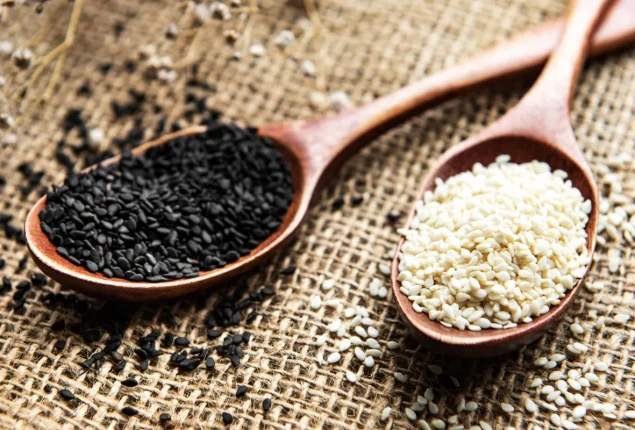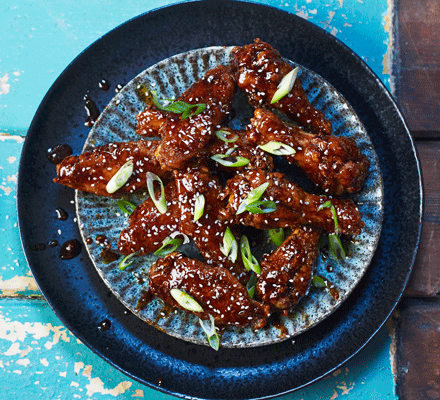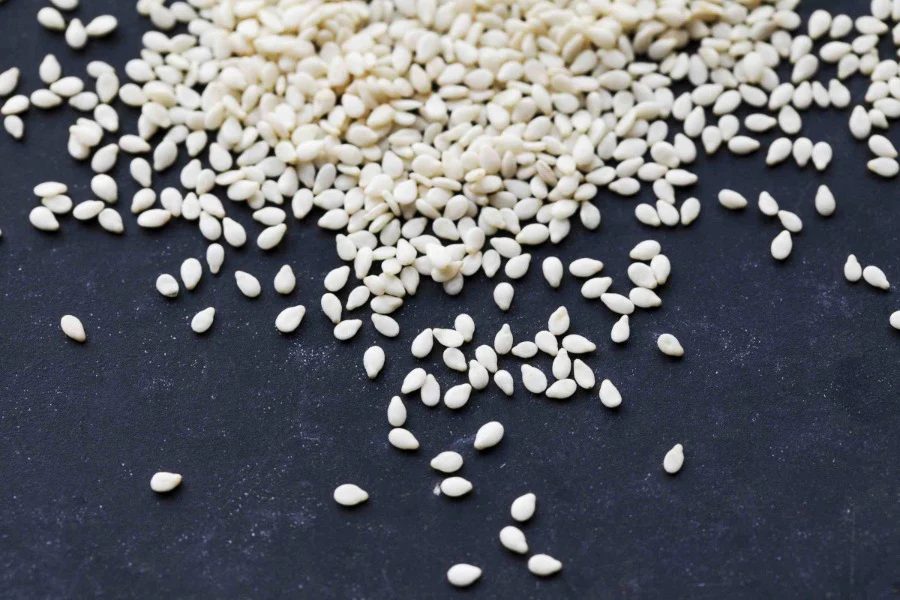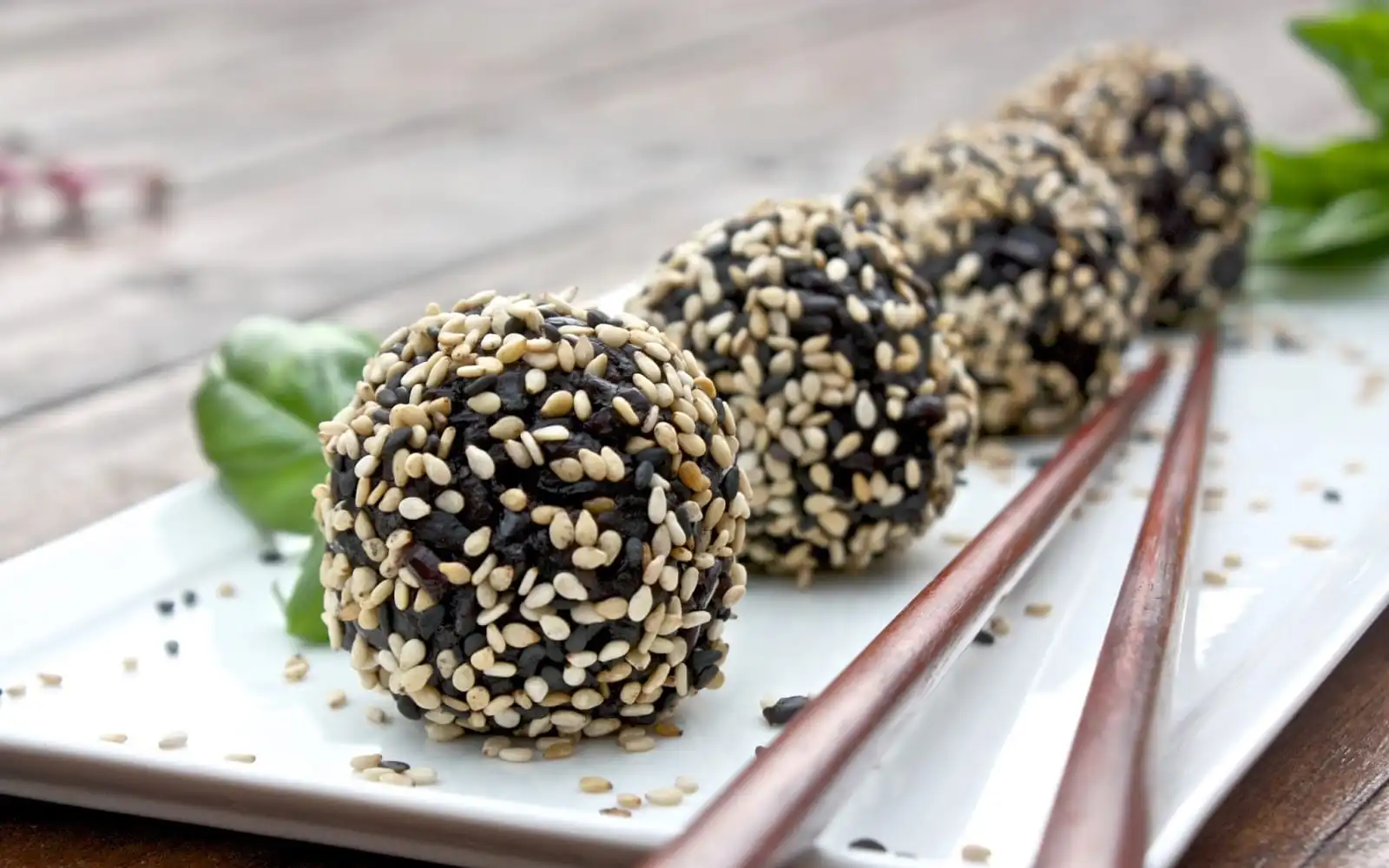

Tiny Ingredients with Big Impact: Sesame Seeds
Small in size but mighty in impact, sesame seeds have earned their place as a kitchen essential across many cultures. Harvested from the Sesamum indicum plant.
Sesame seeds are used in countries across the globe, with significant consumption and import occurring in Asia-Pacific countries like China, Japan, and Korea, as well as in countries like Tanzania, Sudan, India, Ethiopia, and Nigeria in Africa. They are also used in Europe (including Greece, Germany, the Netherlands, Poland, and France), North America (USA and Canada), and Turkey and Iran.
Use In Pakistan:
Sesame seeds are widely used in Pakistan, both in culinary applications and for export. White sesame seeds are a staple in Pakistani cuisine, particularly in winter dishes, bakeries, and sweets, celebrated for their nutty flavor and versatility.
Big Taste in a Tiny Seed:
These tiny seeds offer a powerful flavor boost—especially when lightly toasted. Toasting intensifies their rich, earthy aroma and brings out a deeper nuttiness. Seasne seeds offers a nutty and subtly sweet flavor that is significantly enhanced by toasting or roasting. That smells like almond aroma.
From Whole Seeds to Bold Oils:
These seeds are use in salads, soy sauces, rice vinegar, grain bowls, quick stir-fries, and in honey savories like in Korean food.
Sesame seed are one of the key ingredients in Korean cuisine is sesame seeds. Whether it is Kimchi, Bibimbap, Tteokbokki, etc. Every dish has a sprinkle of sesame seeds that improve the nutritional quotient of the dish and taste.

A Variety of Sesame Seeds:
Sesame seeds appear in a few different forms, each with unique textures and flavor profiles depending on the color and whether they’ve been hulled:
White Sesame Seeds (Hulled): White sesame seeds are subtly nutty and mild in flavor. It is use in baking, garnishing and everyday dishes like stir-fries and noodles. They are soft in texture.

Black Sesame Seeds (Unhulled): They are bold in flavor with bitter touch. Black seeds are crunchy in texture, they are commonly use in East Asian recipies like soups, deserts, sushi and in rice balls.

Brown/Golden Sesame Seeds (Mostly Unhulled): They are similar to black varieties—deeply nutty and complex and often use for oil production, tahini or as a striking garnish.

Golden Sesame: Golden seeds in particular are sought after for their visual appeal and deeper flavor, often thriving in warmer growing regions.
Packed Nutrient Seeds:
Beyond taste, sesame seeds offer notable health perks. They’re a great source of healthy fats, fiber, and plant-based protein. They also deliver essential minerals like magnesium, calcium, zinc, and iron. Packed with B vitamins and antioxidants such as sesamol and sesamin, sesame seeds may promote heart health and help manage inflammation.
Whether sprinkled on a salad, ground into tahini, or infused into oils, sesame seeds offer an easy way to enhance both flavor and nutrition in your meals.
A small ingredient with big benefits, deserve a spot in every pantry.






